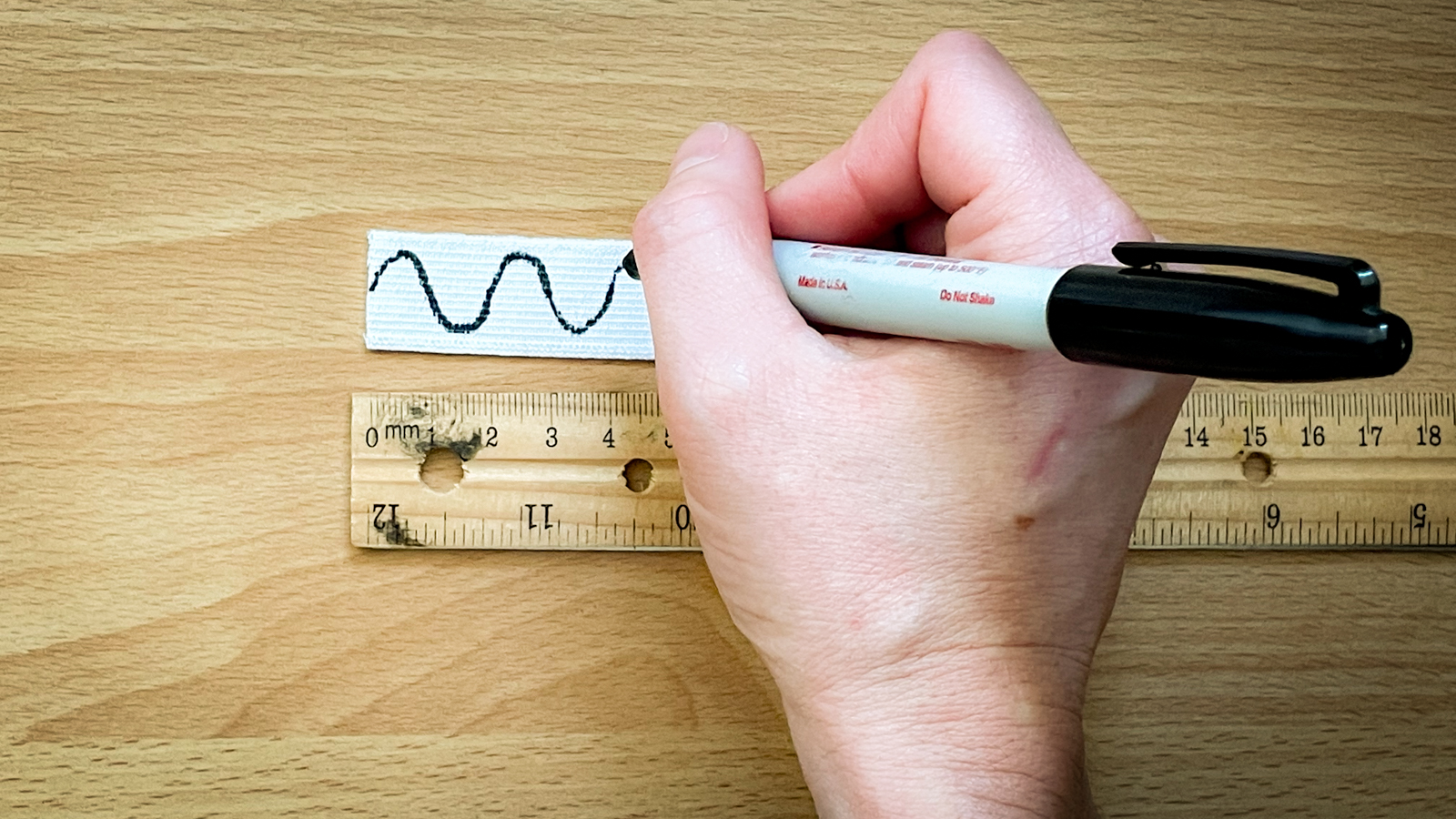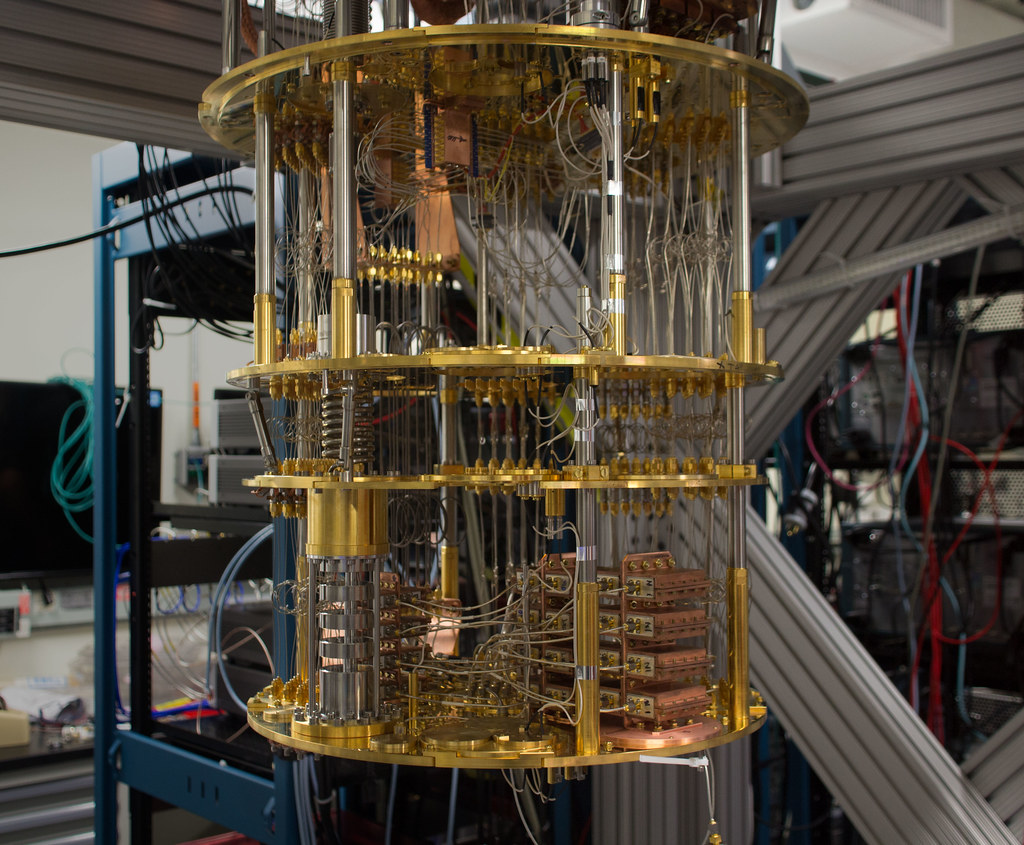The mysterious quantum universe challenges our conventional understanding of reality, where particles can exist in multiple states at once, be entangled across great distances, and where observation itself can affect outcomes. This realm operates on principles that often contradict our traditional physics. To truly grasp these concepts, we must first explore the foundational ideas of quantum physics and their connection to parallel worlds.

The term ‘quantum’ refers to the smallest discrete unit of any physical property, often describing energy levels in atoms. Understanding quantum mechanics requires a shift in perspective from deterministic classical physics to a probabilistic framework that embraces uncertainty. Here, particles are not just points in space; they exist in a superposition of states until measured, behaving like waves that spread across space and time, enabling phenomena such as interference and diffraction.
One of the most captivating aspects of quantum mechanics is the idea of entanglement. When two particles become entangled, the state of one particle becomes dependent on the state of another, no matter the distance separating them. This instantaneous connection has profound implications, suggesting a deeper interconnectedness within the fabric of reality itself, and challenging our traditional notions of local causality.

The observations and experiments in quantum mechanics have led scientists to propose various interpretations of reality. One of these is the Many-Worlds Interpretation, which posits that all possible outcomes of quantum measurements actually occur in separate, branching universes. This leads us to consider the implications of a multiverse—an ensemble of parallel universes where every conceivable outcome unfolds simultaneously. The mere existence of such a multiverse paradigm expands our understanding of reality beyond the confines of our observable universe.
As we plunge deeper into the implications of quantum mechanics, the role of observation becomes increasingly significant. The act of measuring a quantum system collapses its wave function, forcing it into one of the possible states. This phenomenon raises philosophical questions about the nature of reality and consciousness itself. Does the observer influence the outcome, or is there an objective reality independent of our observations? These inquiries echo through the annals of scientific thought, inviting us to reconsider our place within the cosmos.
Now, how does a ballpoint pen fit into this grand narrative? Imagine that a ballpoint pen, with its intricate design and seemingly simple function of writing, acts as a tool that magnifies our view into the quantum world. While it may not be a microscope or a quantum detector, a pen serves as a metaphorical bridge between our macroscopic reality and the quantum realm. When we consider the scale at which a ballpoint pen operates, we can start to visualize the astonishing complexity of the quantum world it represents.
The ballpoint pen, at a fundamental level, consists of molecules and atoms that embody quantum properties. When we write with a pen, we are not merely transferring ink onto paper; we are facilitating the interaction of countless particles, each with their own quantum characteristics. This act of writing becomes an invitation to explore the hidden intricacies of quantum mechanics, as the ink flows in accordance with the principles of fluid dynamics and molecular interactions governed by quantum behavior.

Yet, the whimsical idea of a ballpoint pen as a gateway to the second universe continues to resonate. It suggests that our everyday objects can serve as portals to deeper understandings of the nature of existence. As we take a closer look at the pen’s components—the ball bearing, the ink, the plastic casing—we find that each element possesses a rich history steeped in quantum interactions. Through this lens, we recognize that the mundane can house the extraordinary, and that the universe can be viewed in layers, each revealing new truths beneath the surface.
The exploration of the quantum world through the lens of a common object like a ballpoint pen invites us to reflect on the profound connections between our daily experiences and the underlying principles of physics. It reminds us that the quest for understanding is not limited to the grandiose or the exotic; rather, it permeates every aspect of our lives. In every stroke of the pen, we touch upon the essence of existence itself, bridging the gap between the microscopic and the macroscopic.
As we conclude this initial journey into the intersection of quantum mechanics and everyday objects, the implications of this exploration extend far beyond mere curiosity. They challenge us to rethink our relationship with the universe and recognize the intricate web of connections that bind us to the quantum realm. The ballpoint pen, in its simplicity, serves as a reminder that the mysteries of existence are often hidden in plain sight, waiting for us to uncover them with open minds and curious hearts. By embracing these ideas, we take the first steps toward a deeper understanding of our place in the cosmos, and who knows? Perhaps the notion of a ‘second universe’ is not as distant as we once believed. It may be woven into the very fabric of our reality, just waiting for us to grasp its significance.
The quantum world is not just a theoretical abstraction; it manifests tangible implications that challenge our perceptions and influence our interactions with the universe. To fully appreciate the impact of viewing the quantum realm through macroscopic tools, we must explore the many dimensions this perspective unveils.
When we consider tools like a ballpoint pen as gateways to the quantum world, we begin to appreciate the scales at which different phenomena operate. The pen’s existence is a testament to quantum mechanics, where each flick of the pen’s top involves a dance of particles governed by quantum laws. The ink flowing from the pen is not merely colored fluid but molecules exhibiting quantum behavior, with molecular bonds and movements dictated by uncertainty and superposition principles.
This leads us to an exciting realization: the act of writing itself can be viewed as a bridge connecting our macroscopic world with the quantum phenomena that underpin it. Every letter we inscribe on the page is steeped in the mysteries of the quantum world, revealing a rich tapestry of interactions and behaviors that challenge our classical views of reality. The energy exchanged during the writing process, the friction between the pen’s ball and paper, and the way ink adheres to the fibers of the page all reflect quantum characteristics that govern matter at its most fundamental level.
Moreover, the implications of our ability to observe and manipulate the quantum realm extend beyond our personal experiences. Scientific advancements have long hinged on tools that permit us to glimpse these hidden layers of reality. Consider the development of electron microscopes, which allow us to visualize atomic structures and quantum phenomena by leveraging the very principles we explore through our ballpoint pen. This instrumentation expands our understanding of nature, unraveling the molecular intricacies that make up the universe.
As we delve deeper into this intriguing interplay between the macroscopic and the quantum, we uncover real-world applications that resonate across multiple disciplines. In the field of materials science, for example, researchers harness quantum mechanics to innovate and improve technologies, such as superconductors that operate at higher efficiencies. By examining materials at the quantum level, they can engineer substances that conduct electricity without resistance, revolutionizing energy transmission and storage.
In computing, the advent of quantum computing profoundly reshapes our technological landscape by leveraging qubits that can exist in multiple states simultaneously. This quantum superposition allows quantum computers to perform complex calculations at speeds unattainable by traditional computers, with far-reaching implications for cryptography, information processing, and artificial intelligence.

While these applications may seem distant from the humble act of writing with a ballpoint pen, they echo the same principles that govern both realms. The connections between our everyday experiences and the cutting-edge developments in science serve as a reminder of the remarkable fabric of reality we inhabit.
Furthermore, when we contemplate the philosophical implications of viewing the quantum realm through macroscopic tools, we are led to profound questions about our existence. The ability to influence outcomes through observation, a hallmark of quantum mechanics, raises inquiries about the nature of consciousness and reality itself. As we navigate this philosophical terrain, the interplay between observation and reality suggests that our perceptions may shape the universe we inhabit, lending credence to the idea that each individual’s experience contributes to the collective tapestry of existence.
This perspective resonates deeply within the scientific community, where the quest for knowledge often intertwines with the philosophical. Physicists, mathematicians, and philosophers alike grapple with the implications of quantum discoveries, reflecting on the nature of reality and the role of the observer within it. The notion that we are not merely passive observers of the universe, but rather active participants in shaping its outcomes, invites us to reconsider the very foundations of our understanding.
These revelations unfold the idea of a ‘second universe’ into a rich narrative that transcends our imagination. Every interaction with the quantum realm, whether through a pen stroke or advanced technology, weaves together the threads of reality in ways we are only beginning to comprehend. The ballpoint pen symbolizes our profound connection to the quantum world, embodying the intricate dance of particles defining our existence.
As we continue to explore the implications of viewing the quantum world through macroscopic tools, we are reminded that our journey is far from over. The more we uncover, the more questions arise, propelling us toward new frontiers of understanding. With each step we take into the depths of the quantum realm, we are not only revealing the nature of reality but also forging a deeper connection to the universe itself.

This investigation encourages us to remain open-minded and curious, as the secrets of life extend beyond theoretical physics into our daily activities, tools, and shared experiences. We become explorers, inviting others to join us in this thrilling journey of discovery as we navigate the complexities of the quantum world and its implications. The ballpoint pen, a simple instrument, becomes a vehicle for discovery, illuminating paths to a universe full of possibilities and wonder.
Viewing the quantum world through macroscopic instruments like a ballpoint pen has implications far beyond scientific exploration. It challenges our conception of life, urging us to reevaluate our relationship with the universe and embrace the future with open arms. The quantum universe is not a distant abstraction but an integral part of our lives, waiting for us to explore its depths and reveal its beauties. Let us stay inquisitive and determined as we venture into this hidden reality; the universe has much to offer those ready to uncover its mysteries, and the second universe might be closer than we think.
Related posts:
Atomic Rockets




